Recommended Books
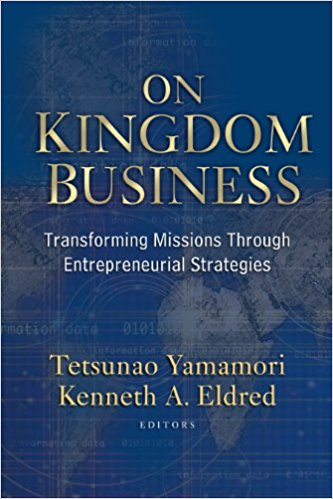
On Kingdom Business: Transforming Missions Through Entrepreneurial Strategies
More than one quarter of the world’s people have little or no opportunity to hear the gospel. While few of the unreached care to investigate the claims of Christ, they are concerned about their own economic advancement. This is an opportunity for the gospel. On Kingdom Business proposes a new model for using business in missions: kingdom entrepreneurship. Kingdom entrepreneurs are “job-makers,” starting for-profit businesses of all sizes-real businesses that meet real needs. On Kingdom Business provides a conceptual foundation for kingdom entrepreneurship and explores its contemporary development using case studies of kingdom businesses and reflecting on the lessons kingdom entrepreneurs have already learned.
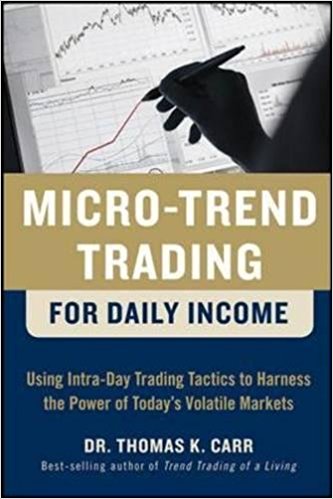
Micro-Trend Trading for Daily Income: Using Intra-Day Trading Tactics to Harness the Power of Today’s Volatile Markets
Micro-Trend Trading for Daily Income shortens the learning curve and prepares you to think quickly and act decisively with insightful examples and case studies that illuminate Carr’s time-tested strategies. With this reliable resource at your fingertips, you will have the confidence to take large positions and make huge returns on a day-to-day basis. Within days you’ll be building wealth while tightly managing risk. Micro-Trend Trading for Daily Income is the one complete book that gives you the tools and knowledge you need to develop an arsenal of mechanical, profitable shortterm trading strategies that can earn you consistent profits–even in today’s temperamental markets.
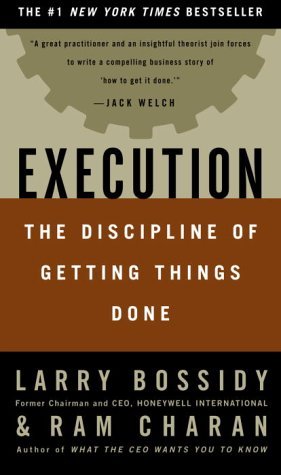
Execution – The Discipline of Getting Things Done
Disciplines like strategy, leadership development, and innovation are the sexier aspects of being at the helm of a successful business; actually getting things done never seems quite as glamorous. But as Larry Bossidy and Ram Charan demonstrate in Execution, the ultimate difference between a company and its competitor is, in fact, the ability to execute.
Execution is “the missing link between aspirations and results,” and as such, making it happen is the business leader’s most important job.
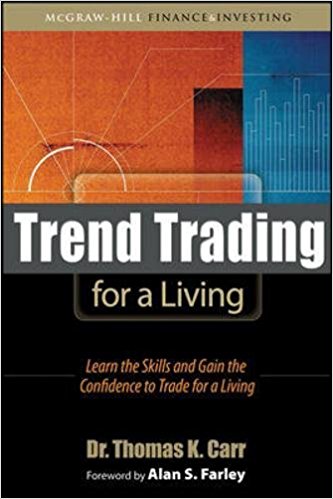
Trend Trading for a Living: Learn the Skills and Gain the Confidence to Trade for a Living
If you’re going to play the stock market, play to win by using a fundamental strategy of most hedge fund managers-trend trading. In Trend Trading for a Living, the trading coach and hedge fund manager known on Wall Street as ?Dr. Stoxx? shares his personal strategies for analyzing markets, picking stocks, and knowing when to buy and sell.
This step-by-step book offers a practical road map to get yourself familiarized with the stock market and into the driver’s seat of your financial future. In five progressive parts, Trend Trading for a Living helps you:
Configure your platform: setup your home computer to trade online with the best brokers
Learn the basics: understand trend trading, select stocks to watch, and interpret market signs
Get in the game: select the most profitable bullish and bearish stocks and pick your entry and exit prices
Leverage your portfolio: learn how to trade with options to increase your financial rewards
Turn pro: with patience, determination, and a strategy grounded in fundamentals, you can ?trade for a living?
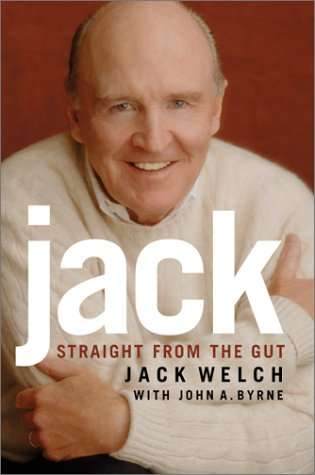
Jack – Straight from the Gut
It’s hard to think of a CEO that commands as much respect as Jack Welch. Under his leadership, General Electric reinvented itself several times over by integrating new and innovative practices into its many lines of business.
In Jack: Straight from the Gut, Welch, with the help of Business Week journalist John Byrne, recounts his career and the style of management that helped to make GE one of the most successful companies of the last century. Beginning with Welch’s childhood in Salem, Massachusetts, the book quickly progresses from his first job in GE’s plastics division to his ambitious rise up the GE corporate ladder, which culminated in 1981. What comes across most in this autobiography is Welch’s passion for business as well as his remarkable directness and intolerance of what he calls “superficial congeniality”–a dislike that would help earn him the nickname “Neutron Jack.”
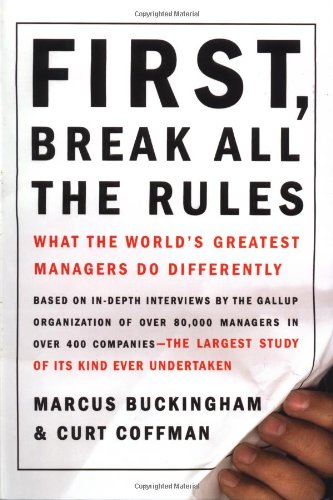
First, Break All the Rules – What the World’s Greatest Managers Do Differently
Marcus Buckingham and Curt Coffman expose the fallacies of standard management thinking in First, Break All the Rules: What the World’s Greatest Managers Do Differently. In seven chapters, the two consultants for the Gallup Organization debunk some dearly held notions about management, such as “treat people as you like to be treated”; “people are capable of almost anything”; and “a manager’s role is diminishing in today’s economy.” “Great managers are revolutionaries,” the authors write. “This book will take you inside the minds of these managers to explain why they have toppled conventional wisdom and reveal the new truths they have forged in its place.”
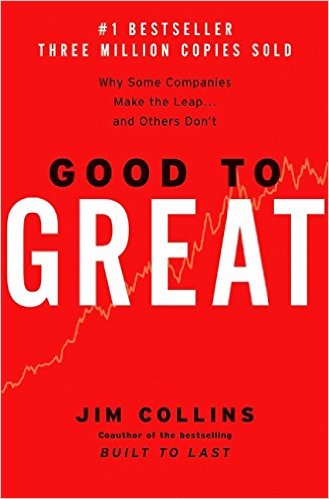
Good to Great – Why Some Companies Make the Leap and Others Don’t
Jim Collins asked the question, “Can a good company become a great company and if so, how?” In Good to Great, Collins concludes that it is possible, but finds there are no silver bullets. Collins and his team of researchers began their quest by sorting through a list of 1,435 companies, looking for those that made substantial improvements in their performance over time. They finally settled on 11–including Fannie Mae, Gillette, Walgreens, and Wells Fargo–and discovered common traits that challenged many of the conventional notions of corporate success.
Making the transition from good to great doesn’t require a high-profile CEO, the latest technology, innovative change management, or even a fine-tuned business strategy. At the heart of those rare and truly great companies was a corporate culture that rigorously found and promoted disciplined people to think and act in a disciplined manner. Good to Great is one of those books that managers and CEOs will be reading and rereading for years to come.
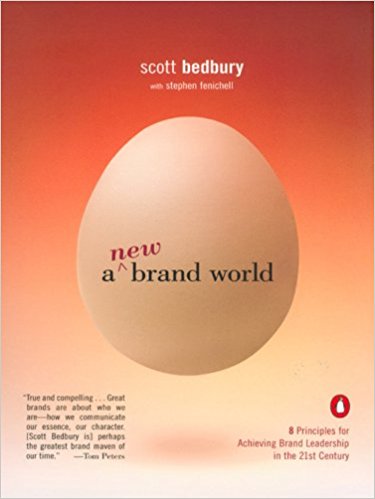
A New Brand World – Eight Principles for Achieving Brand Leadership in the Twenty-First Century
Bedbury, who headed advertising and marketing divisions for Nike and Starbucks during their phenomenal growth, coaches on establishing a memorable brand. Observing consumers overwhelmed by countless choices, he argues that now’s the time to build a brand that evokes trust from its customers.
“Unless your brand stands for something, it stands for nothing,” he declares, as he explains methods for companies big and small to articulate their essence and ethos to core customers, potential customers and employees. Bedbury elaborates his belief that “the brand is the sum total of everything a company does” with lively anecdotes from the experiences of Harley-Davidson, Microsoft and others. He calls for advertising and marketing that will inspire rather than merely inform (ie: “Just Do It”).

McDonald’s – Behind the Arches
McDonald’s: it is the world’s premier entrepreneurial success story, a company whose growth worldwide continues to be astonishing. In tough financial times, McDonald’s proved that ingenuity, trial and error, and gut instinct were the keys to building a service business the entire world has come to admire. In the years since McDonald’s: Behind The Arches was first published, McDonald’s has been a trendsetter in advertising, focusing on different ethnic groups as well as the physically disabled.
McDonald’s created McJobs, a program that employs both mentally challenged adults and senior citizens. And because its franchisees have their fingers on the pulse of the marketplace, McDonald’s has evolved successfully with the health food revolution, launching dozens of new products and moving toward environmentally-safe packaging and recyclable goods. Inspiring, informative, and filled with behind the scenes stories, this remarkable saga offers an irresistible look inside a great American business success.
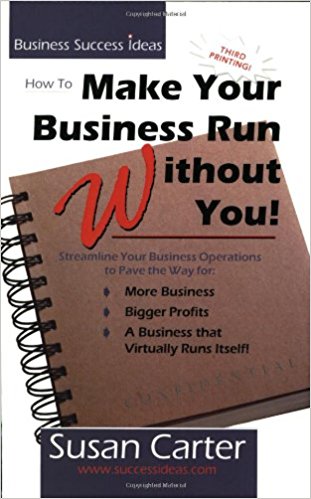
How to Make Your Business Run Without You!
How To Make Your Business Run Without You is a how-to resource for small business owners and entrepreneurs to effectively streamline operations that will pave the way for more business, bigger profits and a business that virtually runs itself. Through step-by-step chapters, Author Susan Carter advances readers from the high-risk potential of ‘owning their own jobs’ to the freedom and control of ‘owning their own businesses.’ A must read for any owner or self-employed professional who is eager to move from start-up status to ongoing success.
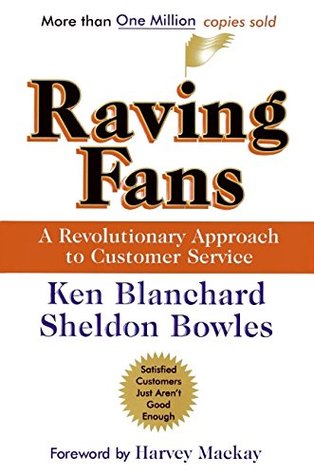
Raving Fans – A Revolutionary Approach to Customer Service
Kenneth Blanchard continues his trend of writing easy-to-read books with BIG ideas for making your business better. Raving Fans is a book of stories relating how fictional companies have created an environment of delivering awesome customer service. A guy that has just been put in a management position requiring a turnaround goes on a fictional trip with his “angel” to visit businesses that have figured out their vision and their system to deliver customer service extraordinary. Based on three simple principles (Decide, Discover, Deliver), each company has created a group of Raving Fans (not just customers, but fans) who wouldn’t consider shopping anywhere else for what one of these companies offers.
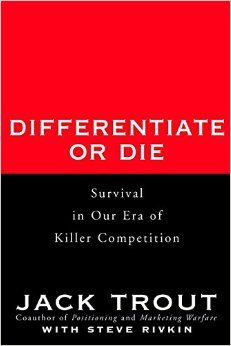
Differentiate or Die – Survival in Our Era of Killer Competition
There are no two ways about it with Jack Trout. Either you’ve got a product or service that you can say is different, or you don’t have much at all. In today’s global marketplace and at its lightning-fast rate of change, there’s no point in inventing and presenting a product only to sit back and hope that consumers everywhere will discover its greatness. It’s not simply about what you or your product can do, it’s about what you do differently from everyone else. Coauthors Trout and Steve Rivkin say it all in their no-holds-barred title, Differentiate or Die.
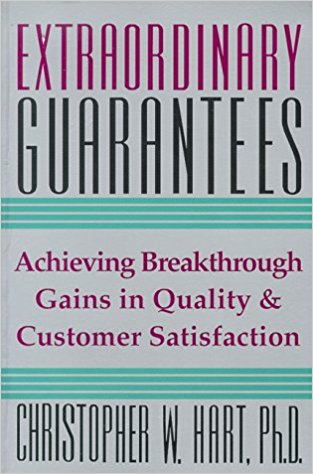
Extraordinary Guarantees – Achieving Breakthrough Gains in Quality and Customer Satisfaction
Many leading firms have achieved both these results by offering extraordinary guarantees. You too can boost organizational performance and quality to new levels by following the practical advice offered in the important book, Extraordinary Guarantees. Guarantees were once considered nothing more than a marketing gimmick. But as more and more quality leaders have begun to offer ironclad pledges of total customer satisfaction, the guarantee is now being recognized as an unparalleled tool for gaining a major, often unbeatable, competitive edge-and a host of other benefits.
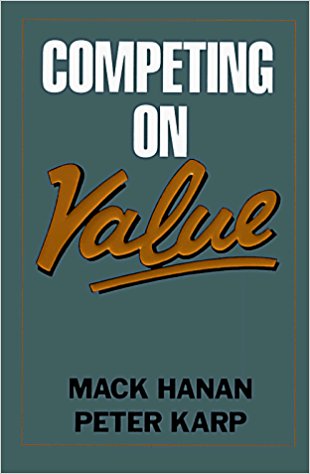
Competing on Value
Presents a new approach to selling that emphasizes not competing on the basis of the best price, but the highest value–i.e. demonstrating to current and prospective customers that using your products or services will either cut their costs or improve their revenues. This book discusses VALUE. Value is not what you put INTO your products and services, it is what the customer GETS OUT. Three qualifiers of value are how much, how soon, and how sure–these are what the customer needs to know. In summary, this is highly recommended for every company that sells products and/or services.
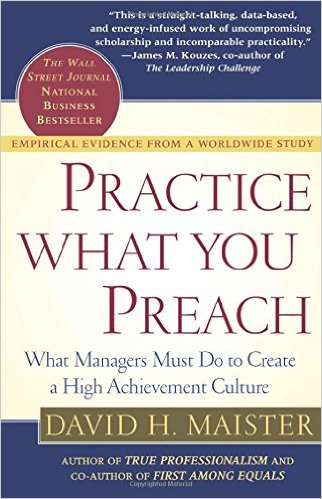
Practice What You Preach – What Managers Must Do to Create a High-Achievement Culture
Maister, a professional service consultant, surveyed 6,500 employees at 50 worldwide companies to evaluate the relationship between company financial performance and employee satisfaction and loyalty. He found a direct and dramatic correlation. Here, he offers detailed commentary from CEOs, managers and staffers, and analysis of the survey results. Bosses in all kinds of companies will benefit from his solid advice, which should be required reading for executives and upper level managers.
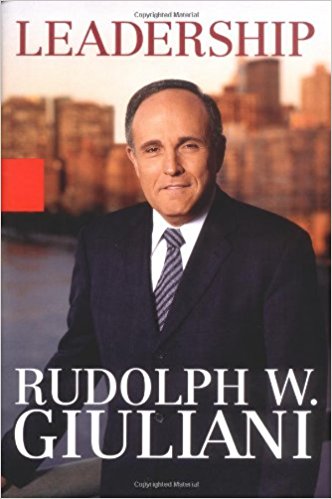
by Rudolph W. Giuliani, Ken Kurson
This highly anticipated book from New York’s once controversial, now beloved former mayor opens with a gripping account of Giuliani’s immediate reaction to the September 11 attacks, including a narrow escape from the original crisis command headquarters, and closes with the efforts to address the aftermath during his remaining four months in office. But, he argues, he did not suddenly become a great leader on September 11, and “had been doing [my] best to take on challenges my whole career.”
Throughout, he displays the hands-on management that marked his administration, including his willingness to respond swiftly and in person to crises, to prove that he could be relied on when the city needed him most. While some critics found his style too aggressive, he has an effective counterargument: “Before September 11, there were those who said we were being overly concerned [about security],” he observes. “We didn’t hear that afterwards…”
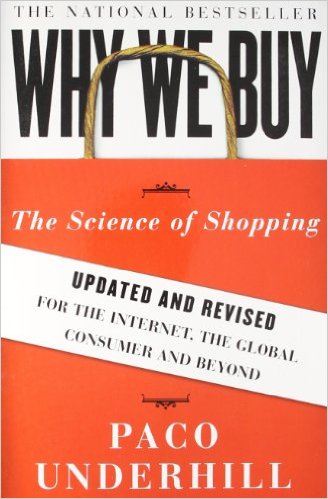
Why We Buy – The Science of Shopping
In an effort to determine why people buy, Paco Underhill and his band of retail researchers have camped out in stores over the course of 20 years, dedicating their lives to the “science of shopping.” Armed with an array of video equipment, store maps, and customer-profile sheets, Underhill and his consulting firm, Envirosell, have observed over 900 aspects of interaction between shopper and store. They’ve discovered that men who take jeans into fitting rooms are more likely to buy than females (65 percent vs. 25 percent).
They’ve learned how the “butt-brush factor” (bumped from behind, shoppers become irritated and move elsewhere) makes women avoid narrow aisles. They’ve quantified the importance of shopping baskets; contact between employees and shoppers; the “transition zone” (the area just inside the store’s entrance); and “circulation patterns” (how shoppers move throughout a store). And they’ve explored the relationship between a customer’s amenability and profitability, learning how good stores capitalize on a shopper’s unspoken inclinations and desires.
Underhill, whose clients include McDonald’s, Starbucks, Est?Lauder, and Blockbuster, stocks Why We Buy with a wealth of retail insights, showing how men are beginning to shop like women, and how women have changed the way supermarkets are laid out. He also looks to the future, projecting massive retail opportunities with an aging baby-boom population and predicting how online retailing will affect shopping malls. This lighthearted look at shopping is highly recommended to anyone who buys or sells.
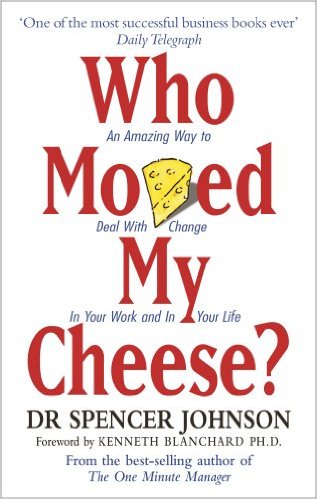
Who Moved My Cheese? An Amazing Way to Deal With Change in Your Work and in Your Life
Change can be a blessing or a curse, depending on your perspective. The message of Who Moved My Cheese? is that all can come to see it as a blessing, if they understand the nature of cheese and the role it plays in their lives. Who Moved My Cheese? is a parable that takes place in a maze. Four beings live in that maze: Sniff and Scurry are mice–nonanalytical and nonjudgmental, they just want cheese and are willing to do whatever it takes to get it. Hem and Haw are “littlepeople,” mouse-size humans who have an entirely different relationship with cheese. It’s not just sustenance to them; it’s their self-image.
Their lives and belief systems are built around the cheese they’ve found. Most of us reading the story will see the cheese as something related to our livelihoods–our jobs, our career paths, the industries we work in–although it can stand for anything, from health to relationships. The point of the story is that we have to be alert to changes in the cheese, and be prepared to go running off in search of new sources of cheese when the cheese we have runs out.
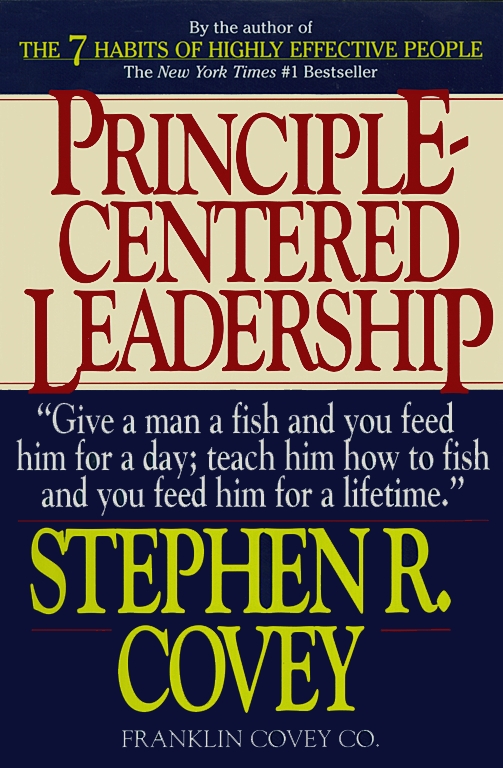
Principle-Centered Leadership
Covey, the author of the New York Times number 1 bestseller The 7 Habits of Highly Effective People, has struck a chord with millions of readers with his insights into human nature and values. Now he tells them how to apply his theories to everyday life, focusing primarily on the world of business.
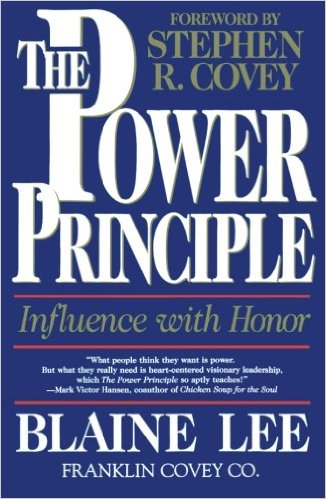
The Power Principle – Influence With Honor
This self-help book reflects Lee’s views on various types of power and how to develop principle-centered power in your life, which he defines as power that inspires loyalty and devotion, transcending time and place. Such power is based on trust and respect and survives even after one dies. Lee describes three types of power: coercive, which relies on the premise of control and uses fear as its instrument; utility, which is based on fairness, the exchange of what you can do for me with what I can do for you; and principle-centered, which is based on what you can do with others. The author tells us that his purpose in writing this book is to encourage us in our work with people, and he recommends that we choose principle-centered power as the primary way to influence others in our key relationships. Such power requires us to grow, to challenge our assumptions, and often to change our whole orientation in life.

The Power Principle – Influence With Honor
This self-help book reflects Lee’s views on various types of power and how to develop principle-centered power in your life, which he defines as power that inspires loyalty and devotion, transcending time and place. Such power is based on trust and respect and survives even after one dies. Lee describes three types of power: coercive, which relies on the premise of control and uses fear as its instrument; utility, which is based on fairness, the exchange of what you can do for me with what I can do for you; and principle-centered, which is based on what you can do with others. The author tells us that his purpose in writing this book is to encourage us in our work with people, and he recommends that we choose principle-centered power as the primary way to influence others in our key relationships. Such power requires us to grow, to challenge our assumptions, and often to change our whole orientation in life.
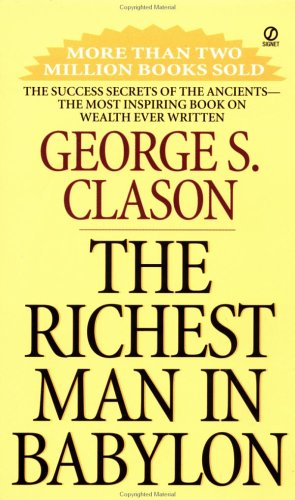
The Richest Man in Babylon
I often give this book out as a gift whenever a person younger than me asks for my advice on money. I always present this book to them saying “if you read it and do as it says, it will work magic.” It really contains excellent, time tested advice, and would make a good gift for someone in their early 20s who is on their own for the first time, and struggling.
The book is a series of parables about money written in the 1920s by George Clason. They were written as individual essays of a few thousand words, but the theme throughout them is consistent — save 10% of your money, give 10% away, use 10% to reduce your debt load, and live on the remaining 70%.
The stories in the book are entertaining; they are reminiscent of some of the parables in the Bible, such as the Prodigal Son or the story of the Workers in the Vineyard. I think this is intentional on the part of the author; certainly readers in the 1920s had an appreciation for “old fashioned stories with a moral” that people today seem to have lost. I enjoy the book greatly, though, and any thoughtful person who reads the book should find it interesting, especially if they are trying to get their finances in order.
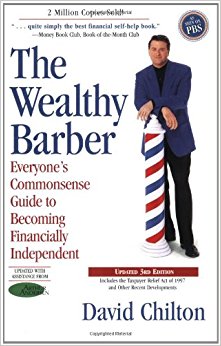
The Wealthy Barber, Updated 3rd Edition
In this revised and expanded edition of one of the biggest-selling financial-planning books ever, David Chilton, president of Financial Awareness Corporation, shows readers how to achieve the financial independence they’ve always dreamed of. With the help of his fictional barber, Roy, and a large dose of humor, Chilton encourages readers to take control of their financial future and build wealth slowly, steadily, and with sure success.
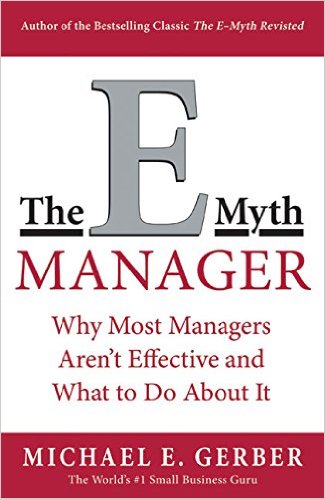
The E-Myth Manager – Why Management Doesn’t Work-And What to Do About It
More than ten years after his first bestselling book, The E-Myth, changed the lives of hundreds of thousands of small business owners, Michael Gerber – entrepreneur, author, and speaker extraordinaire fires the next salvo in his highly successful E-Myth Revolution. Drawing on lessons learned from working with more than 15,000 small, medium-sized, and very large organizations, Gerber has discovered the truth behind why management doesn’t workand what to do about it.
Unearthing the arbitrary origins of commonly held doctrines such as the omniscience of leader (Emperor) and the most widely embraced myth of all. The E-Myth Manager offers a fresh, provocative alternative to management as we know it. It explores why every manager must take charge of his own life, reconcile his own personal vision with that of the organization, and develop an entrepreneurial mind-set to achieve true success.
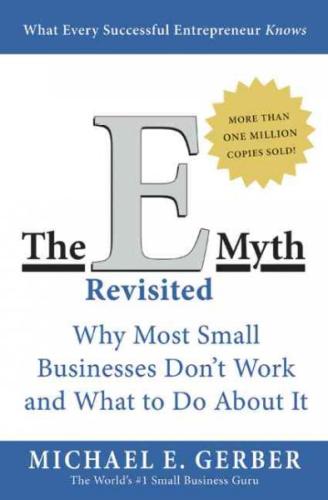
The E-Myth Revisited – Why Most Small Businesses Don’t Work and What to Do About It
Michael Gerber’s The E-Myth Revisited should be required reading for anyone thinking about starting a business or for those who have already taken that fateful step. The title refers to the author’s belief that entrepreneurs–typically brimming with good but distracting ideas–make poor business people. He establishes an incredibly organized and regimented plan, so that daily details are scripted, freeing the entrepreneur’s mind to build the long-term success of the business. You don’t need an M.B.A. to understand or follow its directives; Gerber takes time to explain buzzwords and complex theories. Read in a clear and well-paced manner, listening to The-E Myth is like receiving advice from an old friend.
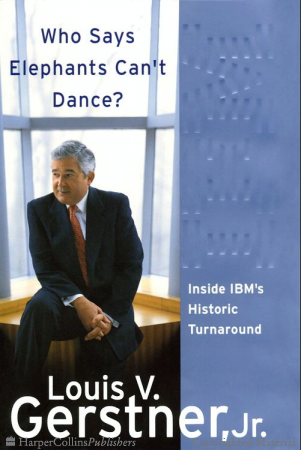
Who Says Elephants Can’t Dance? Inside IBM’s Historic Turnaround
Gerstner quarterbacked one of history’s most dramatic corporate turnarounds. For those who follow business stories like football games, his tale of the rise, fall and rise of IBM might be the ultimate slow-motion replay. The book’s opening section snappily reports Gerstner’s decisions in his first 18 months on the job-the critical “sprint” that moved IBM away from the brink of destruction. The following sections describe the marathon fight to make IBM once again “a company that mattered.”
One of Gerstner’s first tasks was to redirect the company’s attention to the outside world, where a marketplace was quickly changing and customers felt largely ignored. He succeeded mightily. Upon his retirement this year, IBM was undeniably “a company that mattered.” Who Says Elephants Can’t Dance? is a well-rendered self-portrait of a CEO who made spectacular change on the strength of personal leadership.